wikiHow is a “wiki,” similar to Wikipedia, which means that many of our articles are co-written by multiple authors. To create this article, volunteer authors worked to edit and improve it over time.
There are 13 references cited in this article, which can be found at the bottom of the page.
wikiHow marks an article as reader-approved once it receives enough positive feedback. In this case, 91% of readers who voted found the article helpful, earning it our reader-approved status.
This article has been viewed 20,576 times.
Learn more...
Congestive heart failure occurs when the heart valves are no longer functioning correctly. This prevents blood from being pumped around the body and from being delivered to the essential organs. If you are experiencing congenital heart failure, it is essential that you seek medical attention immediately - therefore, it is important to recognize the signs and symptoms of CHF as early as possible.[1]
Steps
Recognizing the Symptoms of CHF
-
1Look for shortness of breath. Shortness of breath is one of the hallmark symptoms of congestive heart failure (particularly left-sided heart failure). This shortness of breath may occur during physical activity, at rest or while sleeping.[2]
- This shortness of breath may be caused by fluid in the lungs, or by the inability of the heart to pump adequate amounts of blood during physical activity.
-
2Take note of any coughing or wheezing. In addition to the shortness of breath, you may be prone to fits of coughing and experience wheezing or crackling sensations in the lungs when lying down.[3]Advertisement
-
3Look for a distended jugular vein. One visible symptom of CHF is when the jugular vein becomes distended when you are in a semi-upright position. The vein may pulsate as your heart beats.[4]
-
4See if you have any swelling in the ankles, legs or feet. Swelling may occur in the legs, feet and ankles as a result of poor circulation, which causes fluid to accumulate in the lower extremities. This is known as peripheral edema.[5]
- One of the telltale signs that your ankles and feet are swollen is when your shoes and socks feel tight.
-
5Identify any symptoms of liver enlargement. Hepatomegaly (an enlarged liver caused by the accumulation of fluid) is often a symptom of CHF. Signs of an enlarged liver include abdominal swelling and nausea.[6]
-
6Look for a swollen abdomen. Along with the liver, fluid may accumulate in the abdomen as a result of CHF. This is known as ascites. Ascites leads to abdominal distension (or swelling) and feeling bloated and nauseous.[7]
-
7Think about whether you feel too warm. Feeling too warm (even though everyone else in the room feels fine) may be a symptom of CHF. This is because poor circulation prevents the release of body heat.[8]
- However, even if you feel too warm, the skin on your hands and feet may feel pale and cool, as these parts of your body are not receiving enough blood.
-
8Pay attention to feelings of weakness or dizziness. Another symptom of CHF is fatigue and dizziness following physical activity, which may force you to sit or lie down. Again, these symptoms occur as a result of poor blood circulation.[9]
-
9Take note of any mental confusion. Another possible symptom of CHF is mental confusion brought on by inadequate circulation of blood to and from the brain. This mental confusion may manifest itself as anxiety, irritability, depression and/or in difficulty concentrating or remembering.[10]
Understanding CHF
-
1Understand what congestive heart failure means. The key to understanding CHF is the word congestion. Congestion develops when the heart is unable to pump blood as quickly as it should.This may occur because the heart muscle is too weak or because blood vessels throughout the body are narrowed and constricted, causing the heart muscle to become exhausted.[11]
- Poorly functioning valves may cause the chamber to dilate from blood back-up, thinning the myocardium, decreasing pumping ability and increasing the workload. Normally, the ventricles of the heart contract (while the atria are relaxing) allowing for the filling and emptying of each chamber. If the muscle wall of the left ventricle cannot contract properly, some of the blood is left in the ventricles.
- Blood then backs up into the pulmonary vessels, the pressure within those vessels increases and fluid leaks into the lung tissue, producing congestion and eventually pulmonary edema (swelling) .If not corrected, the back-up of blood will soon lead to failure of the right side of the heart. This condition is called congestive heart failure.
-
2Understand what causes congestive heart failure. Congestive heart failure is actually a complication of other cardiovascular conditions rather than a disease in itself. CHF is frequently caused by a defect in myocardial contractions resulting in myocardial failure. However, CHF may also be triggered by acute hypertensive crisis, rupture of an aortic valve cusp or a massive pulmonary embolism.[12]
-
3Familiarize yourself with the treatment for CHF. There are a number of things that can be done to treat CHF - these usually involve correcting the underlying cause of the heart failure, such as hypertension or dysrhythmia.[13]
References
- ↑ https://www.hopkinsmedicine.org/health/conditions-and-diseases/congestive-heart-failure-prevention-treatment-and-research
- ↑ https://my.clevelandclinic.org/health/diseases/17069-heart-failure-understanding-heart-failure
- ↑ https://www.ucsfhealth.org/conditions/heart-failure/symptoms
- ↑ https://www.aafp.org/pubs/afp/issues/2004/1201/p2145.html
- ↑ https://www.ncbi.nlm.nih.gov/books/NBK279409/
- ↑ https://www.ncbi.nlm.nih.gov/pmc/articles/PMC3977644/
- ↑ https://my.clevelandclinic.org/health/diseases/14792-ascites
- ↑ https://www.bhf.org.uk/informationsupport/heart-matters-magazine/medical/11-signs-you-might-have-heart-disease
- ↑ https://www.heart.org/en/health-topics/heart-failure/warning-signs-of-heart-failure
- ↑ https://www.heart.org/en/health-topics/heart-failure/warning-signs-of-heart-failure
- ↑ https://www.msdmanuals.com/home/heart-and-blood-vessel-disorders/heart-failure/heart-failure-hf
- ↑ https://my.clevelandclinic.org/health/diseases/17069-heart-failure-understanding-heart-failure
- ↑ https://www.heart.org/en/health-topics/high-blood-pressure/health-threats-from-high-blood-pressure/how-high-blood-pressure-can-lead-to-heart-failure
- ↑ https://medlineplus.gov/ency/patientinstructions/000112.htm
- ↑ https://emedicine.medscape.com/article/163062-medication



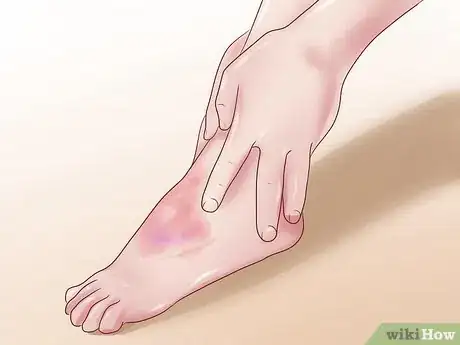

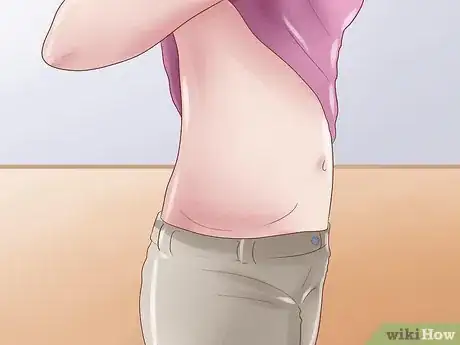



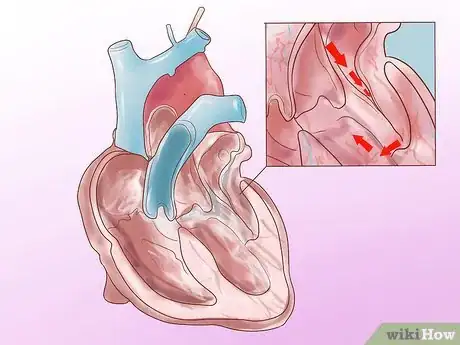





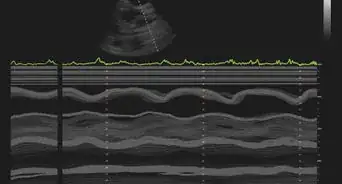


















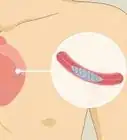






































Medical Disclaimer
The content of this article is not intended to be a substitute for professional medical advice, examination, diagnosis, or treatment. You should always contact your doctor or other qualified healthcare professional before starting, changing, or stopping any kind of health treatment.
Read More...